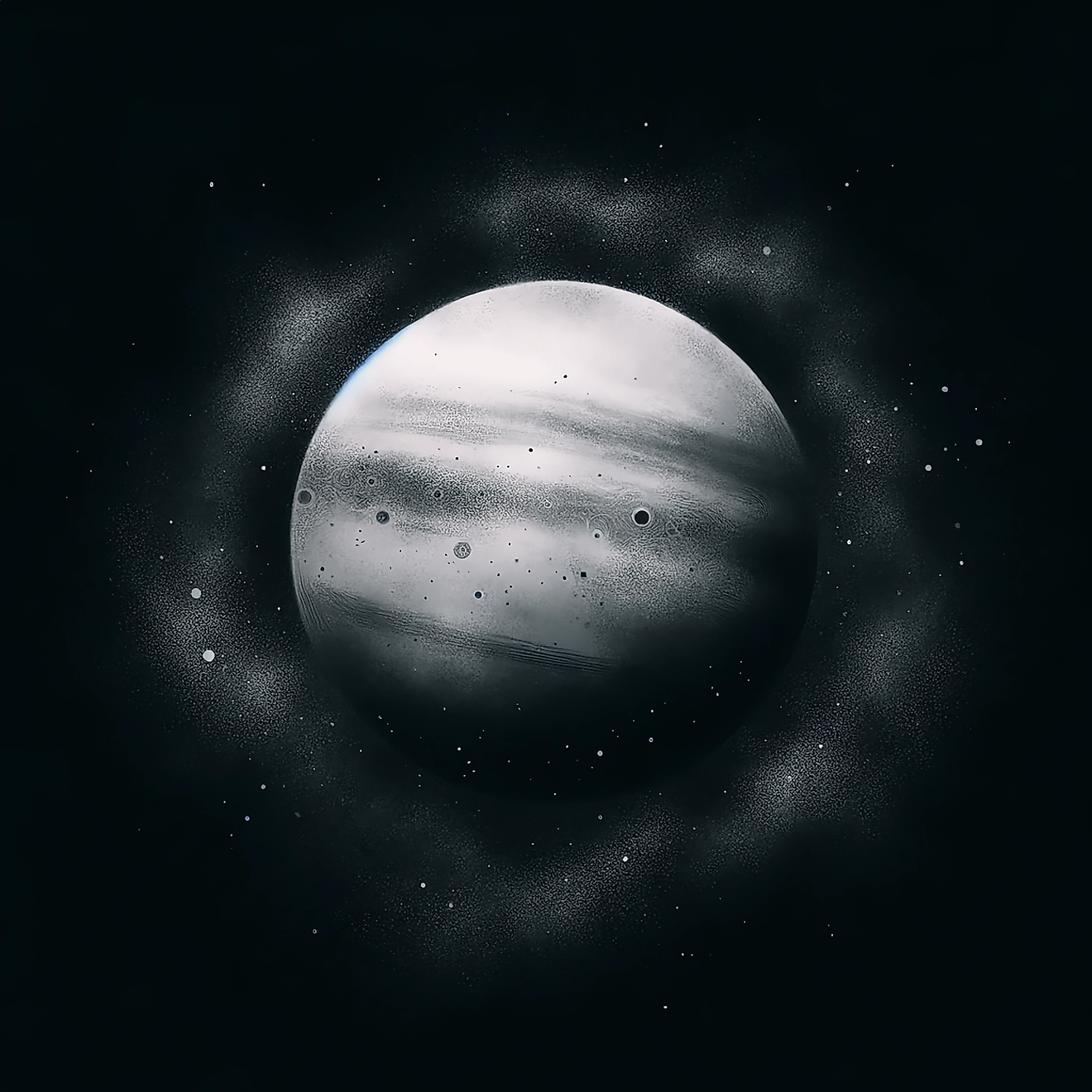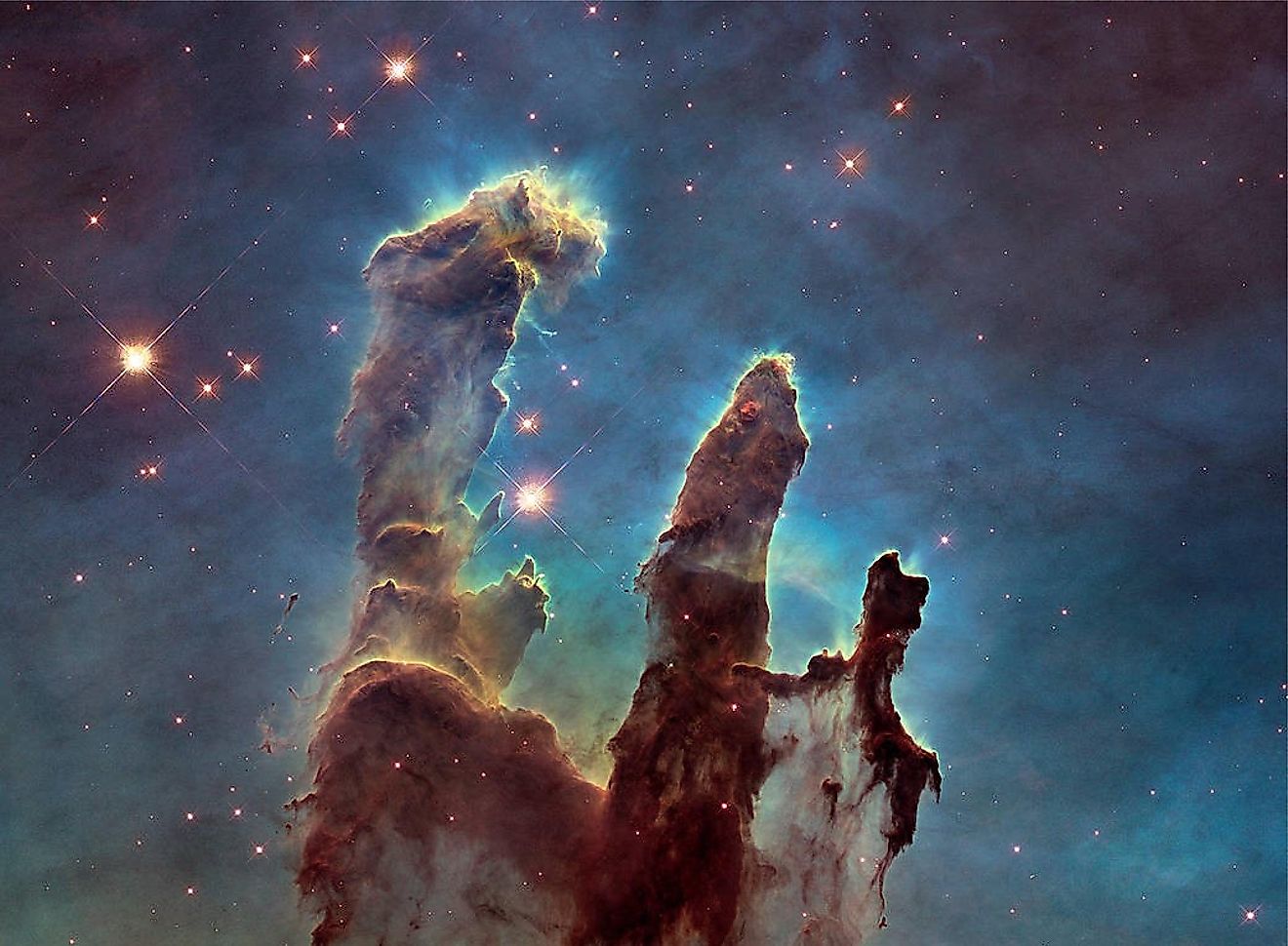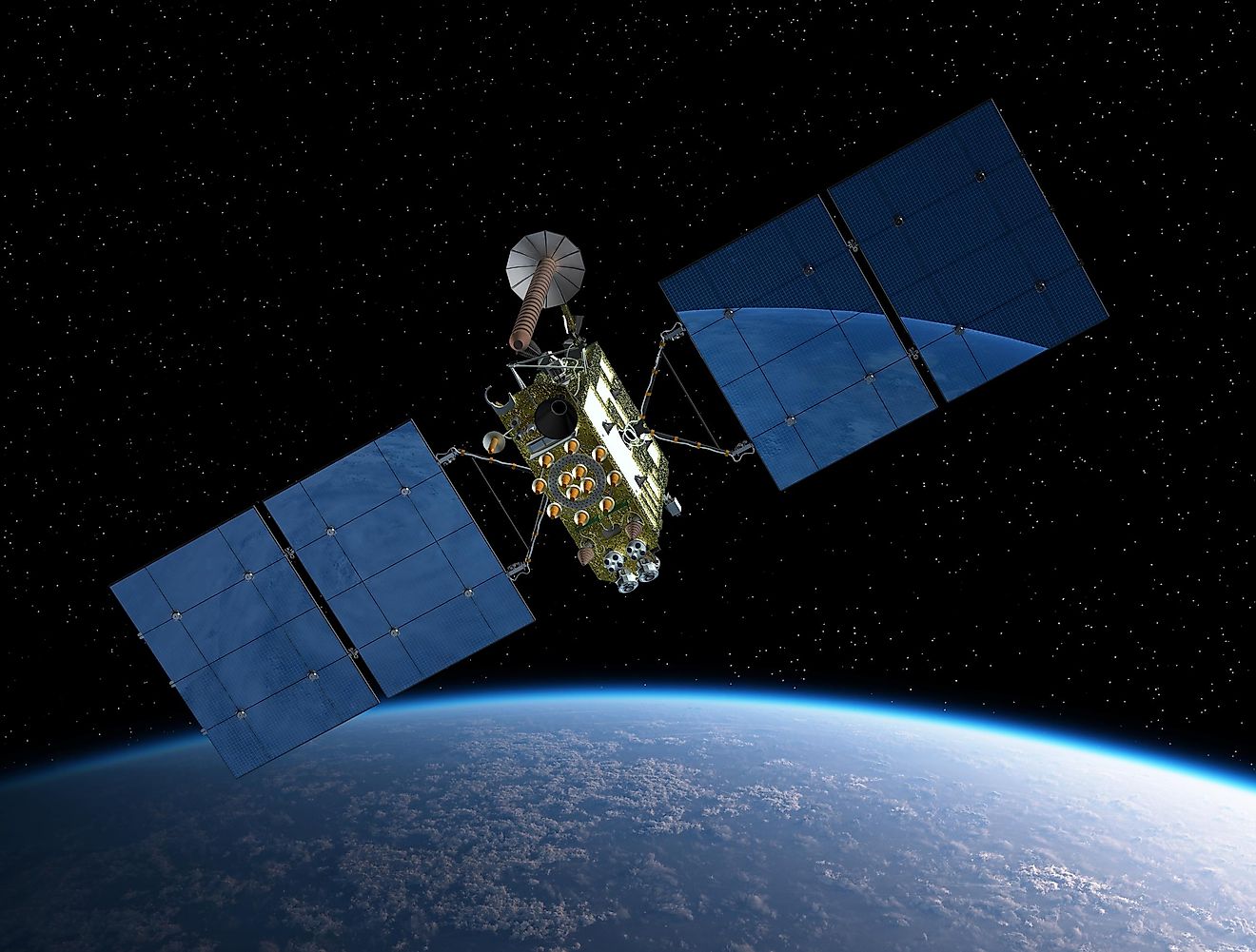
How And When Were Galaxies Discovered?
Before the 1920s, a debate was raging in the astronomical community about the very nature of reality. There were mysterious spiral objects in the cosmos whose exact nature remained a mystery. One side of the debate argued that these spiral objects were simply nebulae within our own galaxy, while the other side argued these spiral objects were other galaxies in their own right. At the heart of this debate were space's very size and nature. The side arguing that these objects existed within the Milky Way also viewed space outside our galaxy as static and unchanging. Both sides continued this debate until one astronomer, Edwin Hubble, found the answer in the late 1920s. While using the largest telescope at the time, Hubble set out to determine the distances to some of these spiral objects. If the distances to these objects could be determined, astronomers would know whether or not that distance stretched beyond the predicted boundaries of the Milky Way.
Distances In Space

Determining distances in space is no easy task. For relatively close objects, astronomers rely on a method known as parallax. Although this method is simple, it's only been recently that astronomers have been able to use it reliably for objects beyond a distance of about 6,000 light-years. To find the distances to things that were potentially outside the Milky Way, astronomers needed to use a new method that uses the brightness of objects to determine distance.
Imagine for a moment you have two five-watt lightbulbs. You place one half a mile away, and the other one you place a full mile away. Despite both lightbulbs having the same energy output and brightness, the difference in distance between them means your eyes will see the closer one as brighter while the further one will be dimmer. The lightbulbs' actual brightness is their absolute magnitude, while the brightness they appear to have at a distance is their apparent magnitude. Fortunately, so long as you know the apparent and absolute magnitude, you can determine how far away the object is. However, the absolute magnitude can be tremendously challenging to determine for objects that are very far away. We can measure apparent magnitude with relative ease, yet how is absolute magnitude determined? Unfortunately, most of the time, it isn’t possible to determine absolute magnitude. However, it can be determined for objects whose brightness varies consistently. In astronomy, these objects are referred to as variable stars, and their consistently changing apparent magnitude makes it possible to determine their absolute magnitude and thus the distances to them.
Edwin Hubble used variable stars to determine the distance to what was then called the Andromeda Nebula. He found that this spiral nebula existed far outside the Milky Way, at a distance of over two million light-years. Hubble had found the answer to the Great Debate. These mysterious spiral structures were not nebulae within our galaxy. Instead, they were entire galaxies containing their stars. Seemingly overnight, the universe went from containing only the Milky Way to a cosmos filled with countless galaxies.
An Expanding Universe
Hubble’s discovery that the universe contains many billions of galaxies and is, in fact, far vaster than we could have imagined was only part of his discovery. In addition to all this, Hubble realized that most of the galaxies he could see were moving away from us at tremendous speeds. Hubble discovered that the universe was not static and unchanging. Instead, space itself was dynamic and expanding. Not only is the universe big, but it’s been growing in size for the last 13.8 billion years.











